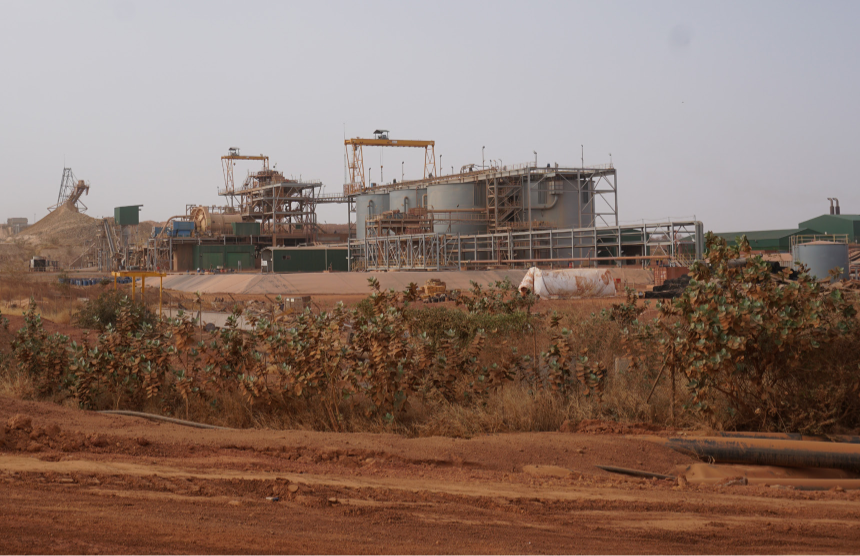Comparison of Predicted and Actual Water Quality at Hardrock Mines
- Friends of Pickett Mountain Pond
- Oct 3, 2023
- 1 min read
Updated: Oct 5, 2023

This paper investigates the reliability of predictions in Environmental Impact Statements and Design Plans of metallic mineral mines. Among the findings, "For the 15 mines with close proximity to groundwater and elevated acid drainage or contaminant leaching potential, 10 had mining-related exceedences in groundwater and four had mining-related exceedences in seeps or adit water, for a total of 14 (93%) with impacts to groundwater, seeps, or adit water. " This despite pre-development predictions that there would be none. The study continues, "Of the mines with groundwater, seep or adit water exceedences, 12 (86%) of those with close proximity to groundwater and high acid drainage or contaminant leaching
potential predicted that there would be no exceedences"
The practices and technologies that Wolfden promises will keep our waters safe are often the cause of failure. From the study, "Where acid drainage generating materials are present, particularly in areas of headwater streams, waste rock mixing and segregation may not prevent impacts to water resources." From Wolfden's Preliminary Economic Assessment pg. 8 "Blending of material into the mill and/or final copper concentrate may be required to
maintain low levels of arsenic and antimony, below the penalty limits for the
concentrate."
Additionally, Wolfden's entire water management plan is predicated upon the successful capture of contaminated water via "geosynthetic liners". The study found that, "Failure of liners and tailing impoundments to perform is typically caused by design, construction and operational mistakes. These features frequently fail to perform, so it is important to consider the likelihood and consequences of those failures".





Comments